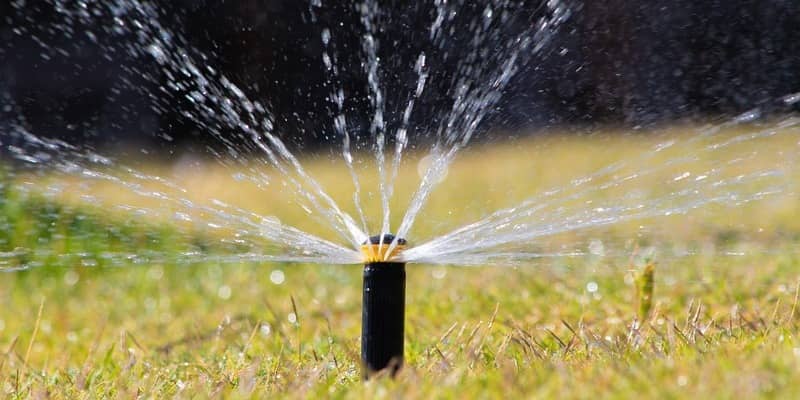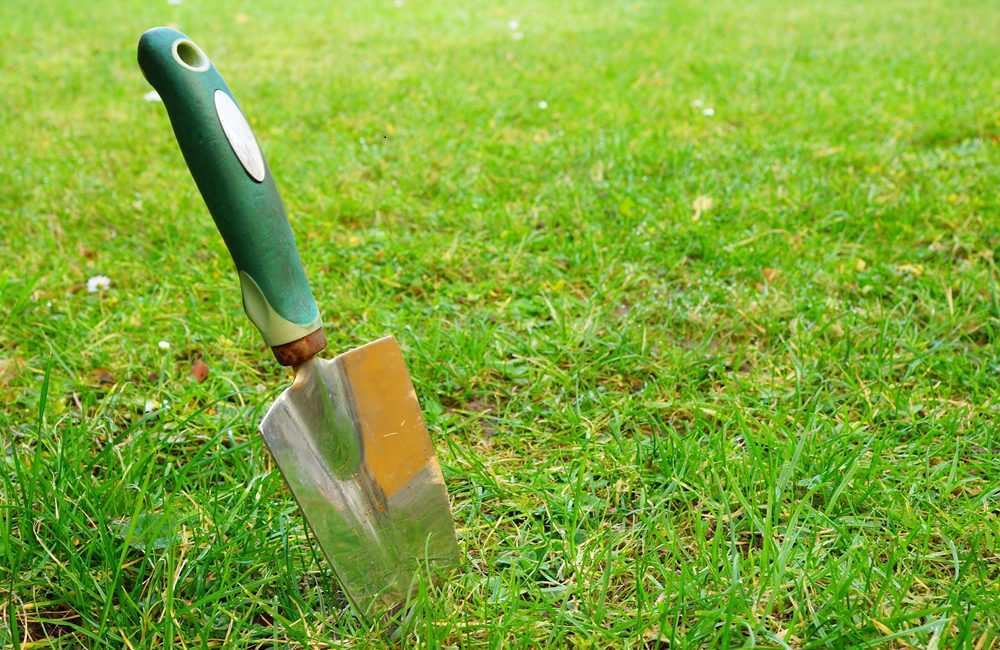Preparing Your Lawn for Spring Growth: Essential Tips for a Healthier Yard
By Innovation Grounds
As the cold winter months come to an end and the warmth of spring begins to settle in, your lawn is preparing for a fresh season of growth. Spring is a crucial time for lawn care, as it sets the foundation for a lush, healthy lawn throughout the warmer months. In this blog, we will walk you through the essential steps for preparing your lawn for spring growth, ensuring a vibrant and green yard.
Clean Up Winter Debris
The first step in preparing your lawn for spring is cleaning up any leftover debris from winter. This includes leaves, branches, and other organic material that may have accumulated over the past few months. These debris can suffocate your grass and block sunlight, preventing it from getting the nutrients it needs for proper growth.
Take a rake or leaf blower and thoroughly clean your lawn. This step will also help you identify any problem areas, such as patches where the grass has been damaged by snow or ice.

Aerate Your Lawn
Aeration is one of the most important steps in preparing your lawn for spring growth. Over the winter, the soil can become compacted, making it difficult for water, oxygen, and nutrients to reach the roots of your grass. Aerating your lawn creates small holes in the soil, allowing for better absorption of water and nutrients.
You can rent or purchase a lawn aerator for this task. If your lawn is smaller, a manual aerator or even a garden fork can do the trick. Aerate your lawn when the soil is moist but not too wet, as this ensures the holes will remain open and effective.

Apply Fertilizer
Spring is the perfect time to give your lawn a nutrient boost with a good fertilizer. Choose a fertilizer that is specifically designed for spring use, as it will contain the right balance of nutrients for early growth. Fertilizing in the spring helps your grass develop a strong root system, which is essential for healthy growth throughout the season.
For best results, apply fertilizer after aerating your lawn. This will ensure that the nutrients penetrate deep into the soil, providing your lawn with the essential elements it needs to thrive.

Overseed Your Lawn
If your lawn has areas that are sparse or have bare patches, spring is the ideal time to overseed. Overseeding involves spreading grass seed over your existing lawn to promote thicker, fuller grass growth. This is especially important if your lawn suffered from winter damage or if it is simply looking thin and patchy.
Choose a grass seed that is appropriate for your region and climate. You can either spread the seed manually or use a broadcast spreader for even coverage. After seeding, water the lawn regularly to keep the soil moist until the seeds germinate.

Address Weeds Early
Spring is the perfect time to start combating weeds before they take over your lawn. Weeds thrive in early spring, so it’s important to apply a pre-emergent weed killer to prevent them from sprouting. This type of product targets weed seeds and prevents them from germinating, ensuring that your lawn stays healthy and weed-free.
Be sure to read and follow the instructions on the product carefully. Applying a weed killer at the wrong time can harm your grass or hinder its growth. For a more natural approach, you can use organic weed control methods, such as vinegar or corn gluten meal.

Mow Your Lawn Properly
As your grass begins to grow in the spring, it’s important to mow it at the right height. Mowing your lawn too short can stress the grass and make it more susceptible to disease, while mowing too high can result in uneven growth. For most grass types, aim to mow at a height of about 2.5 to 3 inches during the spring.
Make sure your mower blades are sharp to ensure a clean cut. Dull blades can tear the grass, leading to a ragged appearance and potentially damaging the plant. Also, avoid cutting more than a third of the grass height at a time to prevent stressing the plants.

Water Your Lawn Correctly
Watering is an essential part of lawn care, especially in the spring when the grass is actively growing. It’s important to water your lawn deeply but infrequently to encourage deep root growth. Shallow watering can lead to weak roots that are more susceptible to drought and stress.
Aim to water your lawn early in the morning or late in the evening to minimize evaporation and ensure the water reaches the roots. Be mindful not to overwater, as this can lead to runoff and other lawn problems.

Monitor Lawn Health Regularly
As your lawn begins to grow in spring, it’s important to monitor its health regularly. Check for signs of pests, diseases, or fungal growth that could impact its appearance and vitality. Early detection is key to addressing problems before they become serious.
If you notice any issues, consider applying appropriate treatments such as pesticides or fungicides. However, it’s always best to opt for natural or organic solutions whenever possible to protect the environment.

Conclusion
Preparing your lawn for spring growth is a vital step in achieving a healthy, lush yard throughout the season. By following these essential tips—cleaning up winter debris, aerating the soil, fertilizing, overseeding, addressing weeds, mowing properly, and watering correctly—you’ll ensure your lawn thrives all year long. Don’t forget to monitor its health regularly and take action as needed to keep it looking its best.
By following these steps, you’ll be well on your way to a greener, healthier lawn that you can enjoy all season long. Happy lawn care!


